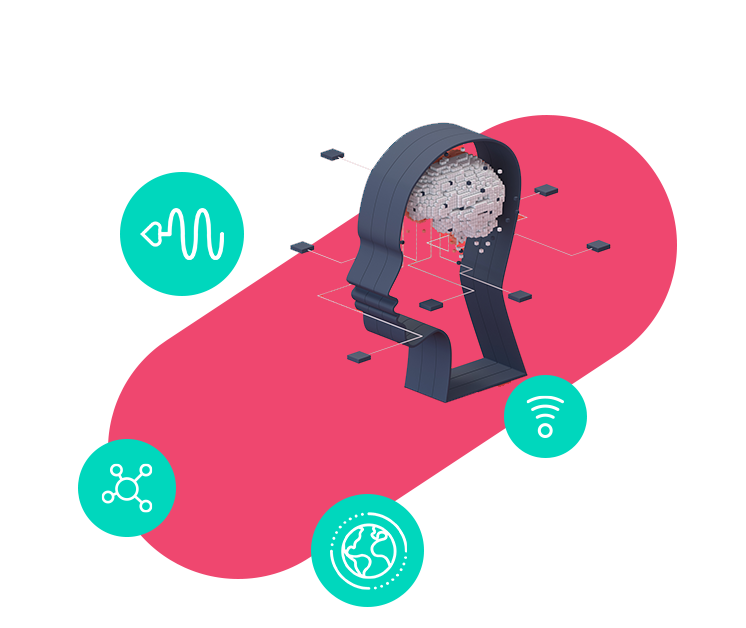In the last few weeks I’ve met a number of CIOs at various industry events including the CIO Connect Annual Conference. The main recurring theme was “Where is the CIO role going?” driven by three major trends.
First is the emergence of Consumerisation and Bring Your Own Device. In her “Are you an adult at work? Lynda Gratton writes “There are indeed enormous opportunities for each one of us to use technology to significantly boost our productivity and indeed create greater innovation. Many of us are choosing to do this by buying our own technological tools rather than waiting for our company to do this for us.” Indeed, new generations are technology savvy and knowledgeable, and want to make their own IT decisions. “One size fits all” IT is no longer possible. Standardising laptops and hard disk images will be looked at as the ice age of IT. The same happened when personal computers landed in a mainframe world, and the changes will be as significant.
The second trend is the emergence of Software as a Service (SaaS): entire departments are adopting SaaS solutions without consulting the CIO, and it’s extremely easy for them to use their credit card to sign-up to an online service. Think of HR implementing the latest talent management SaaS solution or a sales department migrating to SalesForce.com. A large percentage of the IT budget is today spent outside of IT. Trying to regain control by locking down firewalls and implementing policies is not working. A collaborative approach is needed. One recurring phrase was “If users want to do it, and you tell them they can’t, they’ll find a way. You’d better give them a better and faster alternative.” The third trend affects the CIO more directly as we see the emergence of IT as a business enabler with the CIO having an active role in revenue generation, and ultimately a seat on the board. Trevor Didcock (CIO EasyJet) and Nick Beighton (CFO Asos) were illuminating with their descriptions of how IT brings inimitable success factors, such as cost to serve for Easyjet, and differentiation through availability of sheer range of products for Asos. And I don’t buy that this only happens in online businesses: the CIOs of Volkswagen and BMW are measured against how many cars are coming out at every single shift. Literally, it’s their KPI. IT is taking centre stage, moving to the core business of each company.
But where will these trends lead? A broad answer is emerging: the role of the CIO is evolving to cover both operational and business roles. The first is the responsibility for keeping the systems running, secure and efficient, and will be measured on cost; this will require embracing SaaS where appropriate, involving third parties and striking the right balance between mandating some IT decisions and taking a more consultative role for others. The second side is the CIO as business enabler. This will require leveraging IT to anticipate customer needs, to open new markets and engage with a broader audience. The consensus was that to be successful, CIOs need to embrace external innovation, from start-ups, peers that are leading the way and service providers that are doing things differently. Ultimately this latter role will become central for any kind of business, with the majority of the IT budget (someone was talking about 80%) being allocated to this.
This is an edited version of Ale by day
Recent articles
What's your goal today?

1. Connect to the Colt network
Our network directly connects 32,000+ buildings, with millions more through our extensive worldwide partners, powering global businesses with high bandwidth requirements. Find out if you're Colt connected now.

2. Learn more about digital infrastructure
We've worked with experts to build hundreds of guides, whitepapers and blogs across a range of technology & infrastructure topics, as well as videos, webinars & lightning talks. Find out more about them below.

3. Explore our customer success stories
We work with global businesses to deliver world-class connectivity solutions, with a range of available professional & managed services to help you get exactly the right fit for your business. Read more about some of our customers' success stories.

